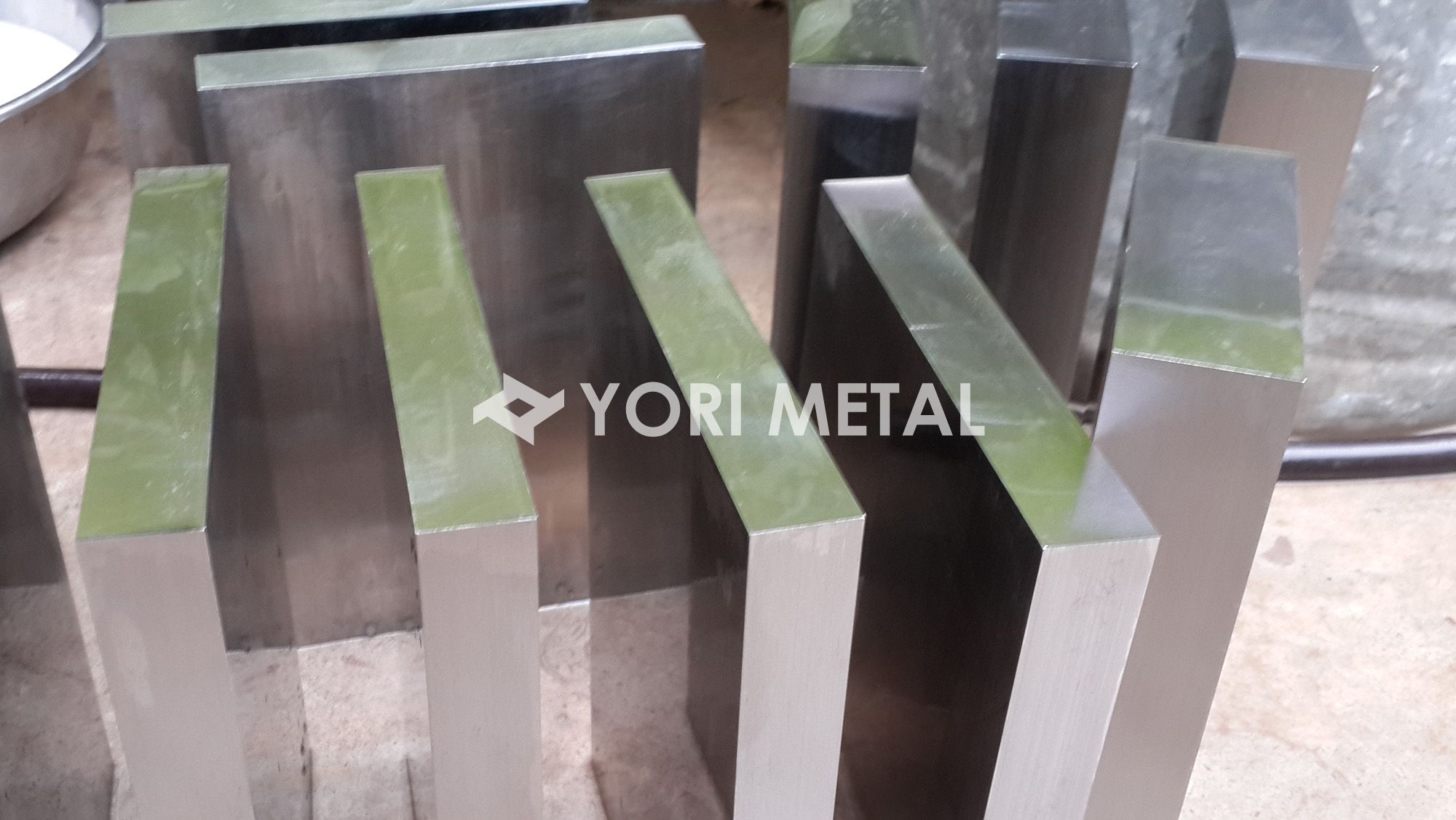

Common specifications and main applications of titanium forgings
Titanium forgings have high strength and low density, good mechanical properties, good toughness and corrosion resistance. In addition, the process performance of titanium forgings is poor, cutting is difficult, and it is very easy to absorb impurities such as hydrogen, oxygen, nitrogen, and carbon during hot processing. There is also poor wear resistance and complex production process. The industrial production of titanium started in 1948. The need for the development of the aviation industry makes the titanium industry develop at an average annual growth rate of about 8%. At present, the annual output of titanium forgings in the world has reached more than 40,000 tons, and there are nearly 30 types of titanium forgings. The most widely used titanium forgings are Ti-6Al-4V (TC4), Ti-5Al-2.5Sn (TA7) and industrial pure titanium (TA1, TA2 and TA3).
Titanium forgings are mainly used to make aircraft engine compressor parts, followed by structural parts of rockets, missiles and high-speed aircraft. In the mid-1960s, titanium and its alloys have been used in general industry for making electrodes in the electrolysis industry, condensers in power stations, heaters in petroleum refining and seawater desalination, and environmental pollution control devices. Titanium and titanium alloys have become a corrosion-resistant structural material. In addition, it is also used in the production of hydrogen storage materials and shape memory alloys.
Standard: National Standard GB/T 16598-1996
American Standard: ASTM B381
Material: TA0, TA1, TA2, TA3, TC4, GR5
Delivery state: Annealed state (M) Hot working state (R) Cold working state (Y) (annealing, ultrasonic flaw detection)
Packing: carton or wooden box packing
Surface treatment: car light, chamfering
Surface quality: The surface roughness Ra value of the two end faces should not be greater than 3.2lμm (to meet the requirements of ultrasonic inspection), and the surface roughness Ra of the inner and outer sides should not be greater than 12.5μm (when ultrasonic flaw detection is required for the outer circumferential surface) Ra should not be greater than 3.2μm), the chamfer radius is 5 ~ 15mm. There should be no visible defects such as cracks, folds, and heavy skins on the surface of the product. Local defects on the surface can be removed by grinding, and the cleaning depth should not exceed its dimensional tolerance, and its minimum allowable size should be guaranteed. The ratio of cleaning depth to width should be no more than 1:6 on both ends, and no more than 1:10 on the inner and outer sides. Grinding on the outer side should follow the axial direction.
Surface finish: clean, dust-free, better acid-resistant service life.
Testing: mechanical properties, chemical composition testing, ultrasonic testing.
